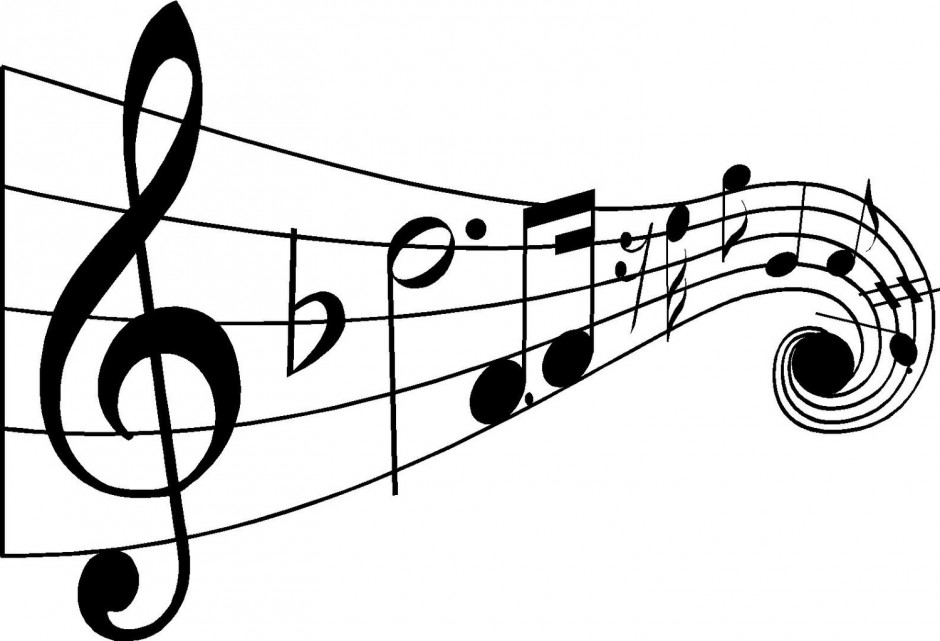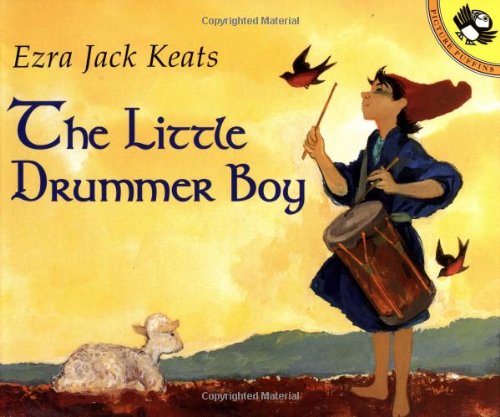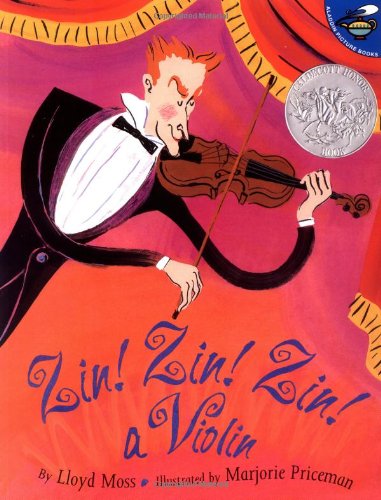We have a great variety of songs on our Holiday CD. Adding songs from many different Winter Holiday's around the world gives us a good variety of tonalities to listen to. It is very important for kids ears to be exposed to lots of tonalities and meters. We all have different songs we like and dislike, but it's nice to be able to understand and appreciate all of them so we have the privilege of choosing what we like. I am really enjoying the Holiday mix of music. My least favorite song to begin with was the version of My Favorite Things that is on the CD. I guess I was expecting the Sound of Music version of the song. But after listening to it several times it has started to grow on me. Your little ones will probably gravitate to certain songs as well.
For those of you who may be interested in what holidays the different songs on the CD are from here is a list of Wikipedia answers.
"RAMADAN (Arabic):
In some Muslim countries today lights are strung up in public squares, and across city streets, to add to the festivities of the month.
Lanterns
have become symbolic decorations welcoming the month of Ramadan. In a growing number of countries, they are hung on city streets.
[29]
[30]
[31]
The tradition of lanterns as a decoration becoming associated with Ramadan is believed to have originated during the
Fatimid Caliphate
primarily centered in
Egypt
, where
Caliph
al-Mu'izz li-Din Allah
was greeted by people holding lanterns to celebrate his ruling. From that time lanterns were used to light mosques and houses throughout the capital city of
Cairo
. Shopping malls, places of business, and people's homes can be seen with stars and crescents, as well as, various lighting effects, as well.
It is believed that the first
revelation
to Muhammad was sent down during the month of Ramadan
DIWALI (India):
The name "Diwali" or "Divali" is a contraction of deepavali which translates into "row of lamps".
[10]
Diwali involves the lighting of small clay lamps filled with oil to signify the triumph of good over evil.
[11]
These lamps are kept on during the night and one's house is cleaned, both done in order to make the goddess
Lakshmi
feel welcome.
[12]
Firecrackers
are burst because it is believed that it drives away
evil spirits
.
[13]
[14]
[15]
During Diwali, all the celebrants wear new clothes and share
sweets
and snacks with family members and friends.
HANUKKAH:
The festival is observed by the kindling of the lights of a unique
candelabrum
, the nine-branched
Menorah
or
Hanuk
iah
, one additional light on each night of the holiday, progressing to eight on the final night. The typical Menorah consists of eight branches with an additional raised branch. The extra light is called a
shamash
(
Hebrew
:
שמש
, "attendant")
[1]
and is given a distinct location, usually above or below the rest. The purpose of the
shamash
is to have a light available for practical use, as using the Hanukkah lights themselves for purposes other than publicizing and meditating on the Hanukkah is forbidden.
[2]
CHRISTMAS: (from me) belief that Jesus is the light of the world, and He cam here at Christmas.
OUR Message: All the major religions have, at their core, the idea of light- light in the darkness, that lights our path, that shows the way. And all of us have a light within, as well. It is our hope to celebrate this light with our voices and dancing and laughter and sharing. We have included some sacred music, but not with the lyrics sugn. The sacred songs are instrumental, and were chosen for their musical complexity, diversity and melodies. It is our hope we are all able to shine our light a little brighter, when we are together and when we are in the world."
Diwali




















